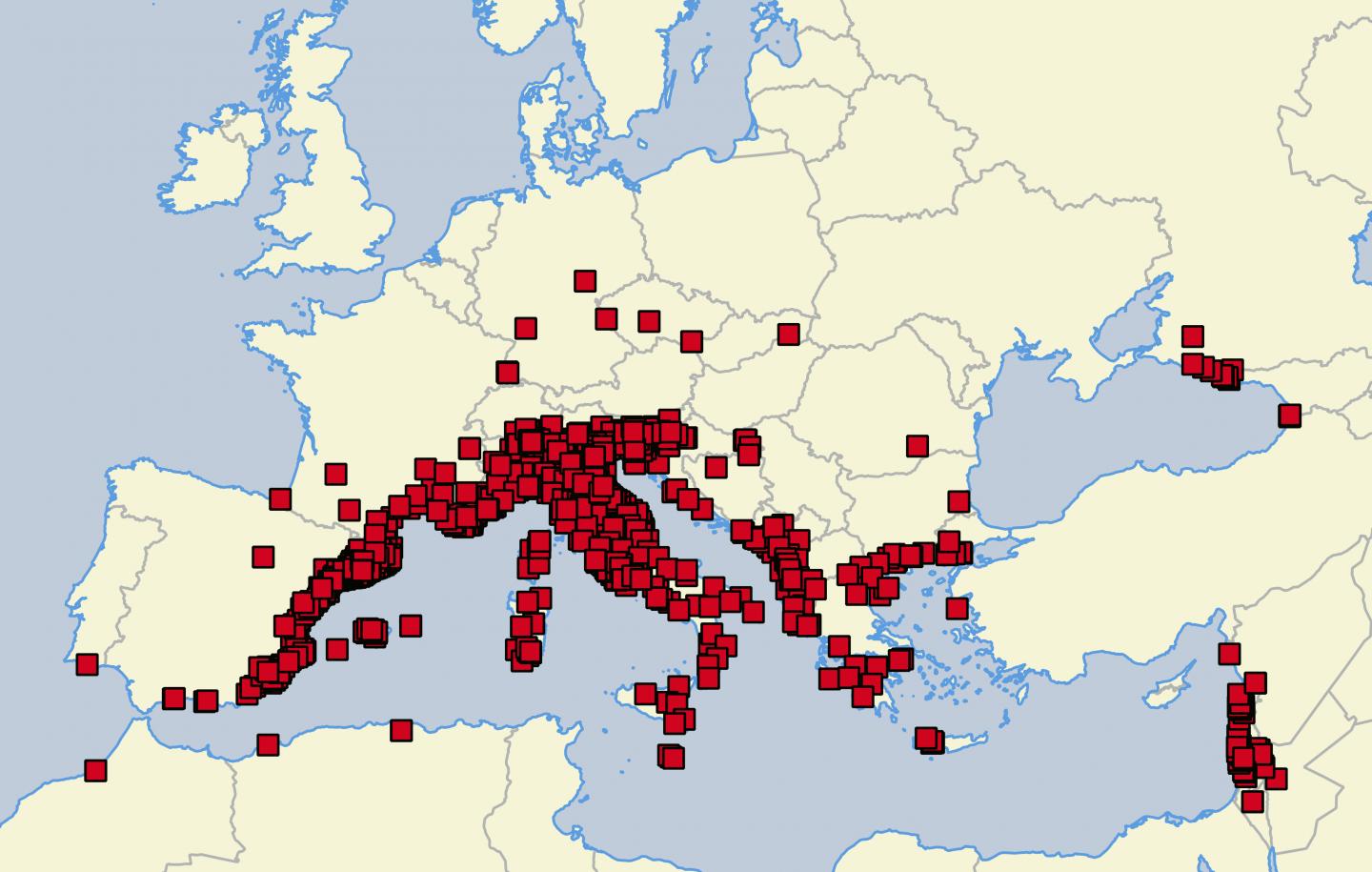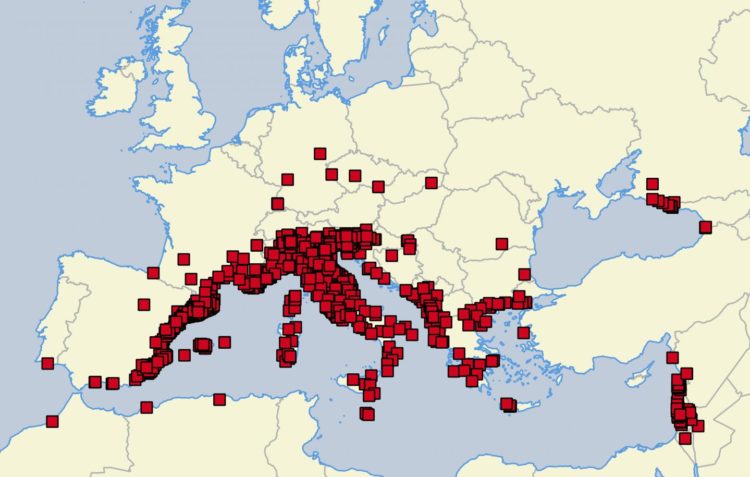European project of the University of Bayreuth studies the influence of biodiversity

Credit: Graphic: Nils Tjaden.
As a result of climate change, mosquito-borne viral diseases are penetrating ever further into Europe. A joint project coordinated by the University of Bayreuth is investigating for the first time how this trend is influenced and even controlled by biological diversity within the respective chains of infection. Consequently, the research work focuses on the biodiversity of viruses, vectors, and infected organisms. The European research network “BiodivERsA” will be funding the project to the tune of almost € 1 million over the next three years.
In addition to the University of Bayreuth, four other institutions are involved in the new research project entitled “DiMoC – Diversity components in mosquito-borne diseases in the face of climate change”: the Bernhard Nocht Institute for Tropical Medicine in Hamburg, the Institute for Tropical Medicine in Antwerp, the Institute for Development Research in Montpellier, and the National Autonomous University of Mexico. On 6 March 2020, the first meeting of the project partners took place in the Iwalewahaus of the University of Bayreuth.
In public debate, but also in the scientific community itself, the term “biodiversity” is usually applied to the relative wealth of species in the animal and plant world. The ecological and economic benefits of this diversity, which is threatened by climate change, have been clearly proven by scientific research. However, very little is known about the impact of biodiversity, for example in the area of diseases caused by arboviruses. These are viruses that are transmitted in particular by mosquitoes, ticks, fleas, or midges. These vectors, also comprise a large number of species, which may help determine the routes of transmission and the probability of infection.
“So, in our research project, we want to get to the bottom of the question of how chains of infection – from arboviruses to diseased organisms – develop under the influence of biological diversity. In this way, we will gain more precise insights into the causes and pathways by which some of the viral diseases transmitted by mosquitoes spread from the tropics to Europe. On the basis of these research results, well-founded recommendations for action can be developed, for example for health, environmental, and development policy,” explains Prof. Dr. Carl Beierkuhnlein, who is the Chair of Biodiversity at the University of Bayreuth and coordinates the DiMoC project.
The aim is to produce a broadly based and scientifically sound report. It will be addressed to all those who can help to prevent or contain infectious diseases transmitted by mosquitoes. These include not least the diseases caused by the West Nile virus and the Chikungunya virus. The vector of the Chikungunya virus is the Asian tiger mosquito, which thanks to international trade has reached southern Europe. In Germany, too, it is finding increasingly favourable living conditions. The planned guide will therefore take into account both current climatic conditions and projections of future climate change.
A central aim of the research project is to develop reliable risk assessments through empirical studies and model calculations. To this end, computer simulations will be used to develop and compare different future scenarios. These calculations will take into account not only the identified impact of biodiversity on chains of infection, but also, for example, that of landscape diversity and prevailing socio-economic conditions. “It is precisely this point that illustrates how important the close interdisciplinary cooperation in our project is. The participating partner institutions contribute very different expertise to the research work – that from medicine, the natural, environmental and geosciences, but also from the social sciences,” says Dr. Stephanie Thomas, who coordinates the elite study programme “Global Change Ecology” at the University of Bayreuth and is involved in the DiMoC project from a biogeographic angle.
Background:
BiodivERsA is a European network made up of 35 governmental research funding organisations from 23 EU Member States and associated countries. Together they operate a research programme on biodiversity research. This programme funds collaborative projects that aim to achieve a better understanding of the interactions between human societies, ecosystems and global change. Further information can be found on the network’s homepage: https:/
###
Media Contact
Carl Beierkuhnlein
[email protected]
49-092-155-2270
Original Source
http://www.





